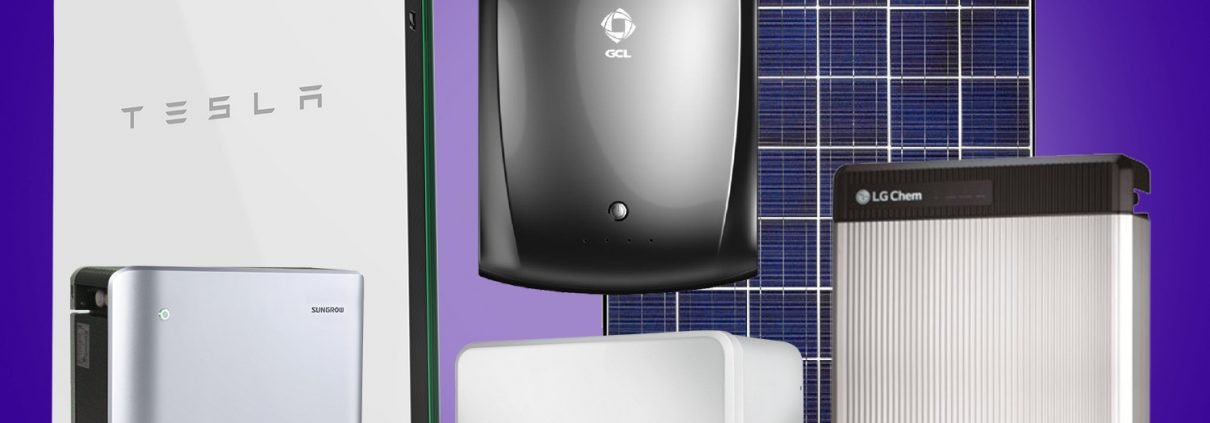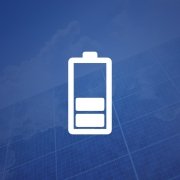5 things you need to know about solar battery storage.
You have invested in a solar PV system and have already seen some good results on your electricity bills. But as the tariffs change across the nation the benefit is reduced by lowering payment for the power households are sending into the grid and the increasing price of power supplied to your household from the grid. That is where a solar battery storage system comes in.
1. What is solar battery storage
A solar battery storage system is designed to store excess power produced by your solar PV system. That power then becomes available for your household use when the sun has gone. Storing your power for when you need it most.
Simply, any power generated by your solar system not being utilised by the household during the day will be stored in the solar battery. And when the solar system stops producing power the battery kicks in and starts supplying your home.
Even better, if there is any additional excess above your usage and battery storage, it is sent back into the grid as normal, so nothing is wasted.
2. Existing solar PV system
Solar battery storage systems are compatible with most existing solar PV systems.
Just to get technical for a brief moment. Solar industry standards and regulations have changed and evolved over the years. Therefore some systems may need to be brought up to compliance when additional systems are installed, such as solar battery storage. This may seem a little daunting but with a simple site inspection you can be up to speed with a better understanding of your system.
Now, back to the solar battery storage systems. No modifications are required to your existing system making the battery storage installation process quick and easy. Leaving your household with minimal down time of their solar system and your battery ready to start charging in no time.
3. Suitable set up for you
With so many sizes, brands and set ups on the market it is hard to know what you need, especially in a relatively new market.
The size of the battery needed depends on your household energy usage and your current solar system. By analysing a couple of key figures on your electricity bill it is easy to identify the household consumption compared to the solar PV system generation. Allowing the gap to be recognised and a clear battery recommendation to be made.
With the wide variety of battery capacities and systems available it is easy to set up a system to make your house run as efficiently as possible.
4. When to use power
Additionally, through the analysis of your bill, household appliances and routine, recommendations can be made for more effective use of your power. Both utilising the power generated and efficient use of off peak, on peak times.
Simply by setting high consumption appliances to run during the day when the solar is providing your house with power or later at night when supply rates are low. You can increase the efficiency of your household and decrease the cost of grid consumption.
5. Energy management systems
Last but not least. With the use of an Energy Management System (EMS) you can monitor your energy. When you’re using power from your solar PV system, from the battery and from the grid. Helping you control your energy usage and stepping closer to neutralising your bill.
Energy Management Systems allow you to monitor how and when your household is consuming energy. Helping you understand your home and make educated adjustments.
Could you be using your solar smarter? Sunbank Solar – Do more with your solar.








 Sunbank Solar Batteries
Sunbank Solar Batteries




